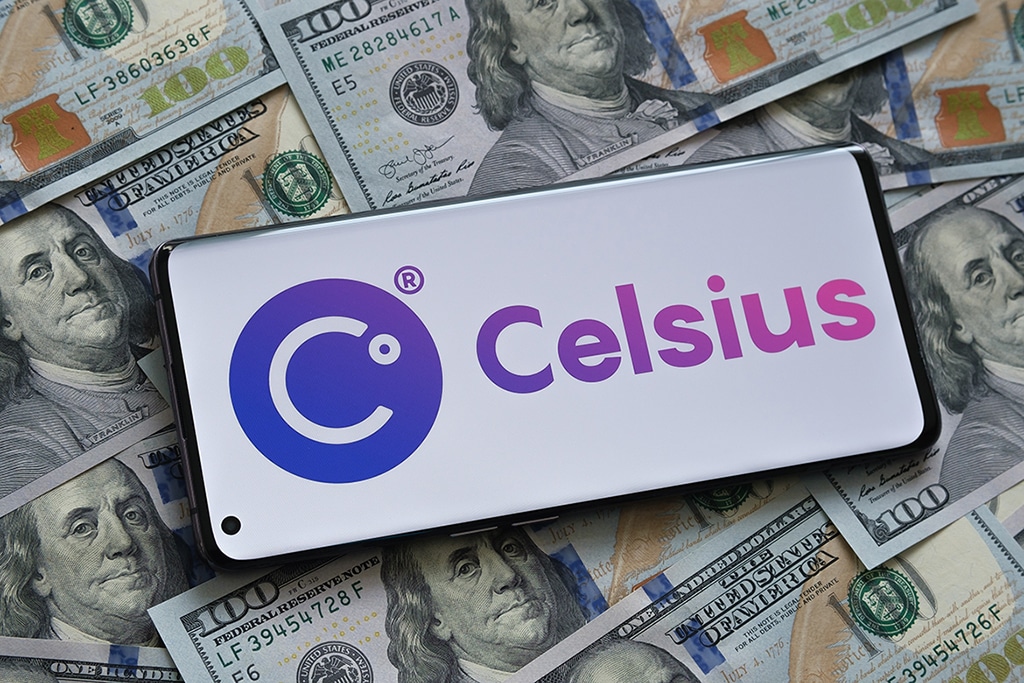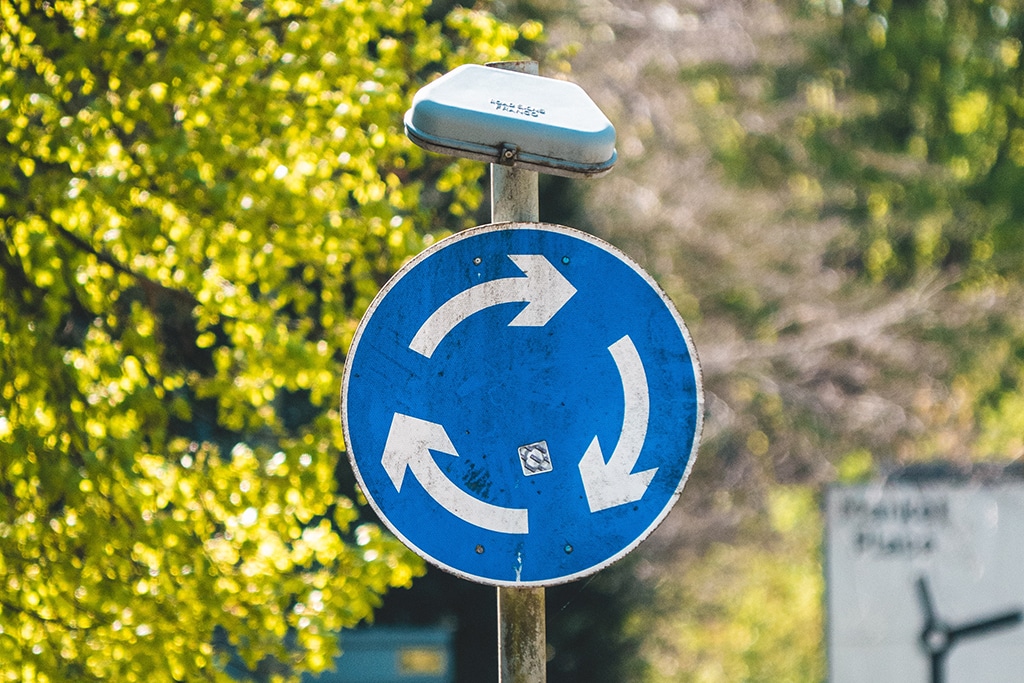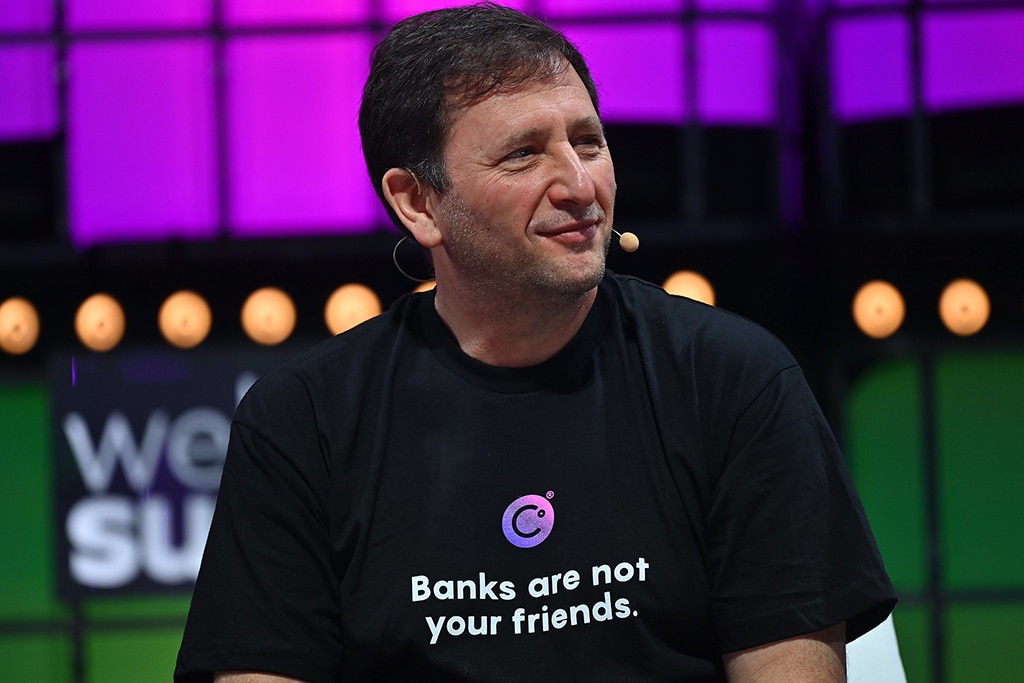
April 18th, 2025

As we’ve reported earlier, Celsius Network was granted approval for the extension of its exclusivity period in a bid to dig out a more comprehensive avenue to unveil its reorganization plans.

The refusal to pursue crypto investment may underline a wider trend of investors withdrawing from the sector.

Celsius explained that customers who agree to the company’s scheduling of the claims do not need to submit a proof of claim.

The court has asked Celsius to throw more light on the proposed KERP program while also ordering a probe into its past business dealings.

Earlier, Celsius Network said that Prime Trust refused to fulfill its obligation of transferring the $17 million in crypto assets at the time of dissolving the agreement.

As per reports, Celsius’s financials hint at greater trouble. The troubled crypto lender could be more than $0 million in the red.

Mashinsky withdrew about $10 million in cryptocurrency in May 2022 while Leon cashed out about $7 million between May 27 and May 3.

Timothy Cradle, Celsius former director of financial crimes compliance, believes that the downfall of Celsius was its inability to manage risk well.

Recent court records revealed that Celsius has a $2.8 billion balance sheet hole as a result of its liabilities exceeding its assets by more than $6.7 billion.

A large part of the funds withdrawn has been used to pay taxes for income that arose from the assets generated on Celsius.

Robinhood’s partnership with USDC comes at a time that stablecoins are subject to criticisms and intensified scrutiny.

The price of the CEL token plunged below $1.40 amid the crypto lender’s current bankruptcy battle.

A leaked audio file suggests that Celsius Network is resorting to crypto IOU tokens as a way to pay back customers.

Meanwhile, the filing noted that the sales do not breach any law since the assets in question are stablecoins.

Celsius prompted bankruptcy filing this summer as it froze customer withdrawal from its platform.